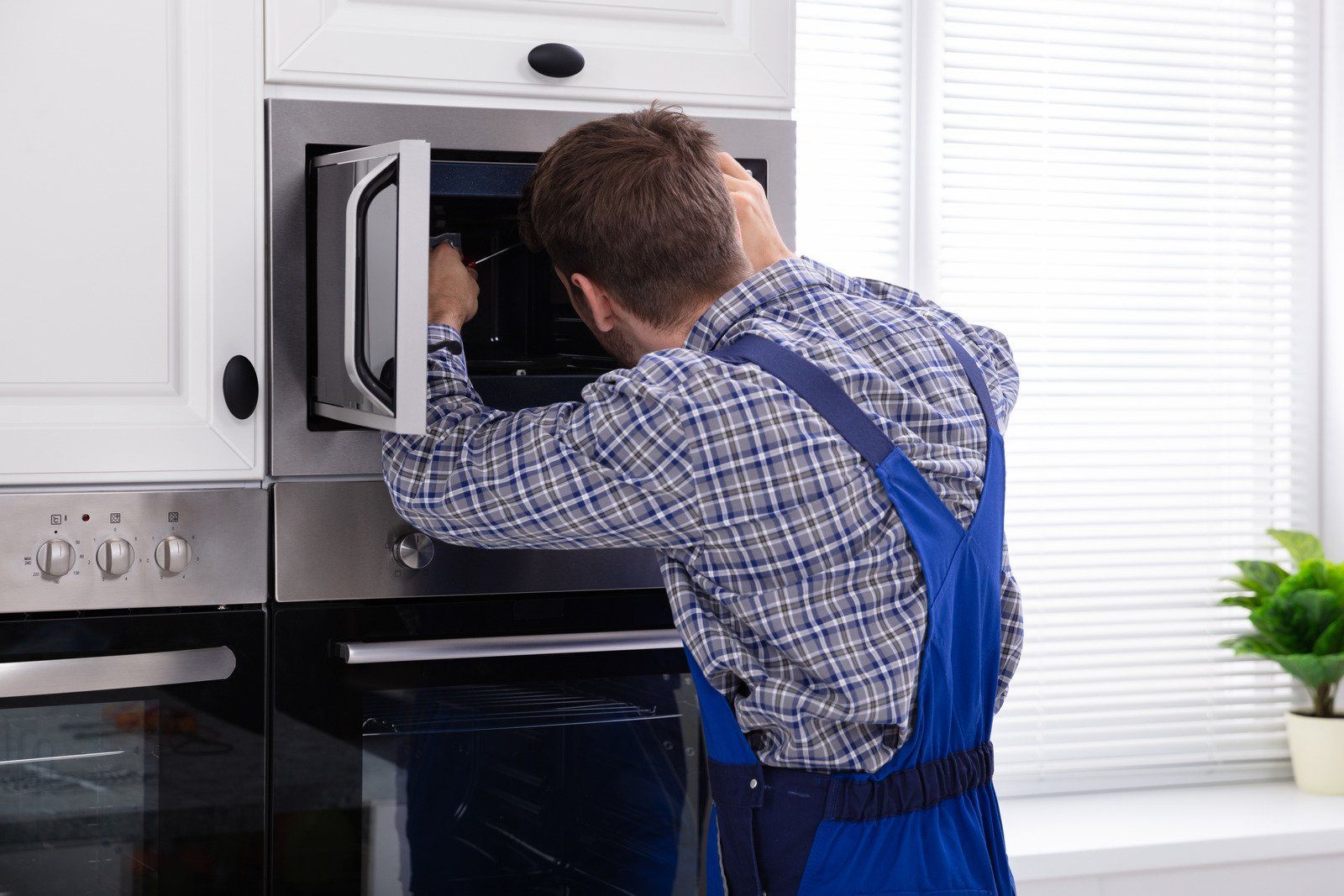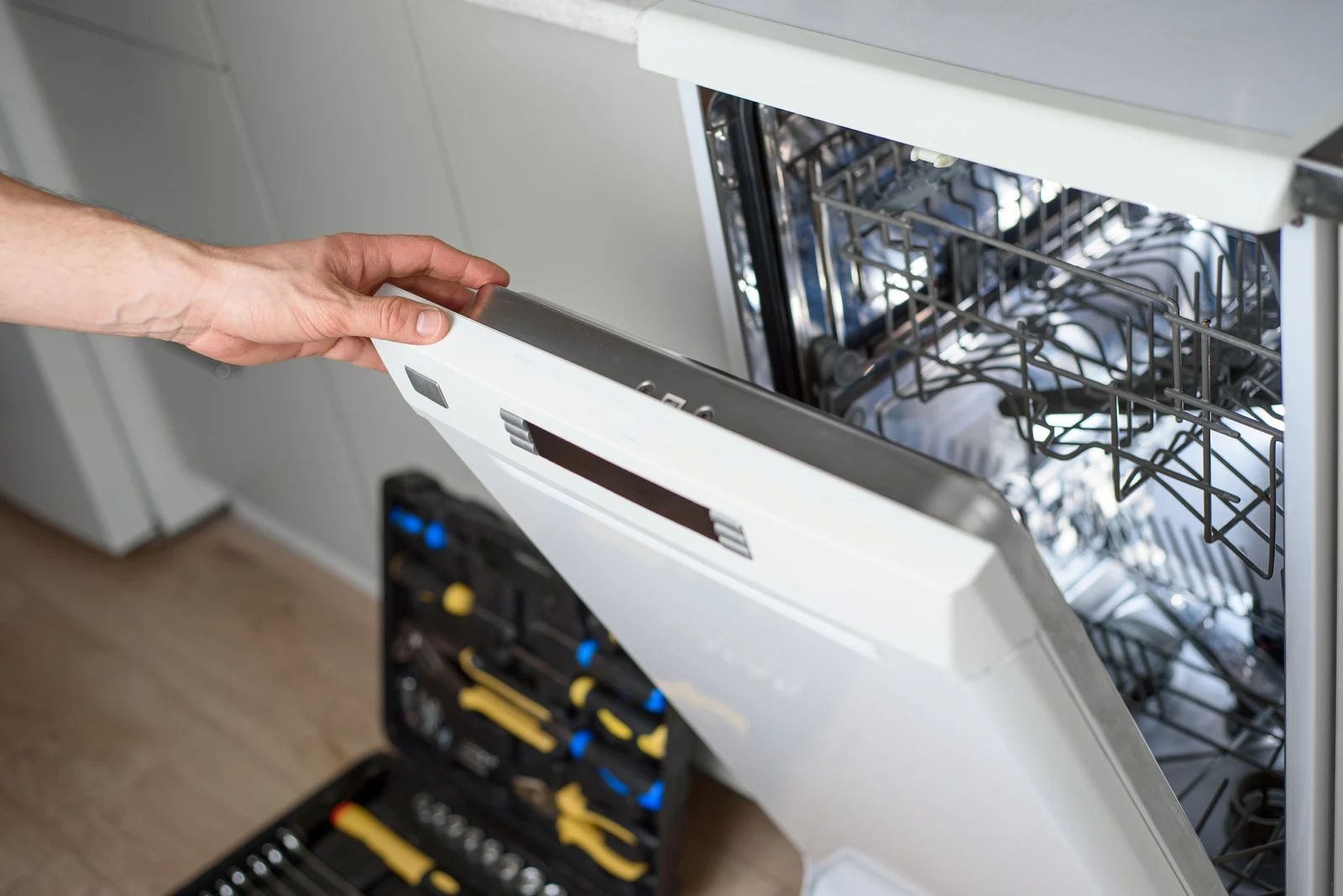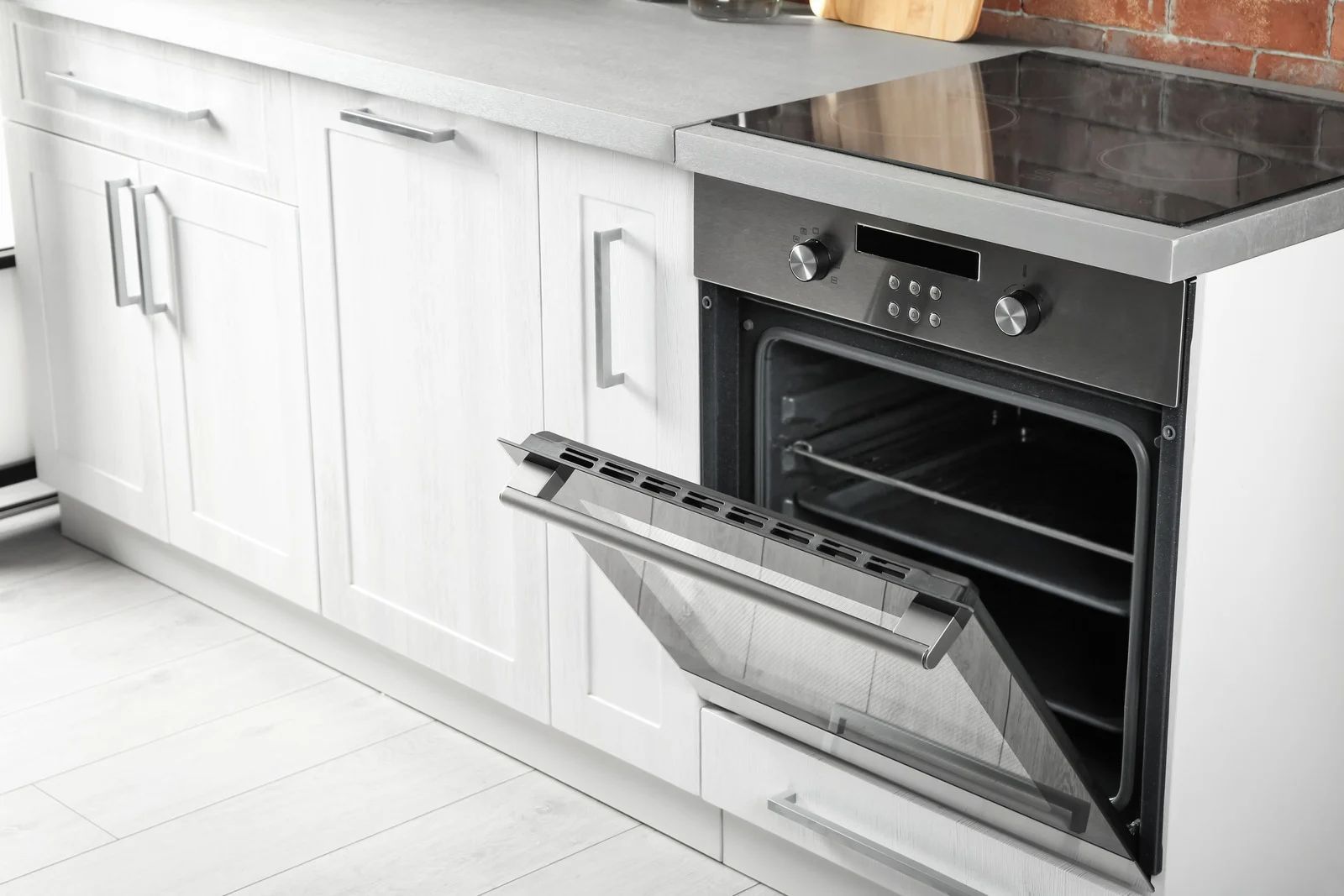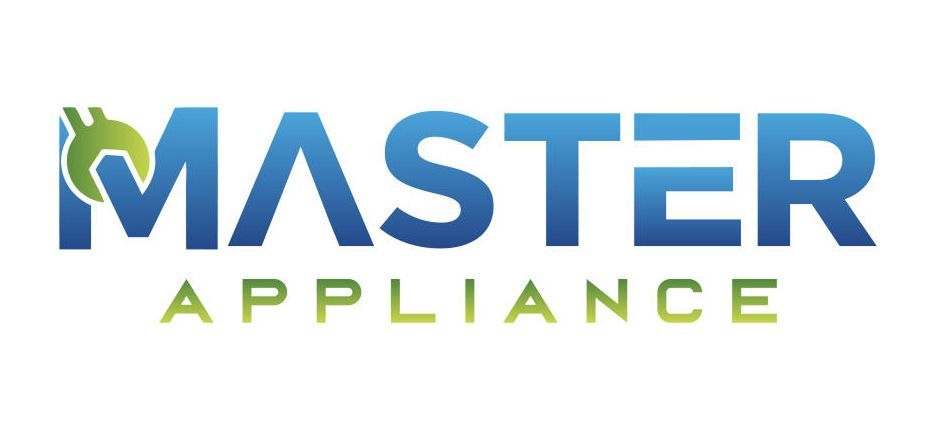Built-In vs Freestanding Appliances: Which One Is Easier to Repair?
When it comes to choosing kitchen appliances, homeowners often face the dilemma between built-in and freestanding models. Both types have their distinct advantages in terms of design, functionality, and space utilization. However, when these appliances malfunction, the ease of repair becomes a crucial consideration. Repairing appliances can be time-consuming and costly, so knowing which type generally requires simpler fixes can save you future headaches. In this blog, we’ll explore the differences between built-in and freestanding appliances, focusing on which is easier to repair and why.
Accessibility and Installation Differences
Freestanding appliances, such as refrigerators, ovens, and dishwashers, are designed to stand independently and can be easily moved or repositioned. This mobility allows technicians to access all sides and back panels without difficulty. Built-in appliances, on the other hand, are integrated into cabinetry or walls, making access to internal components more complicated. For repair specialists, freestanding units offer the advantage of easier disassembly and thorough inspection.
Complexity of Components
Built-in appliances often come with advanced features and custom fittings to match the kitchen's aesthetics, which may include specialized electrical connections, custom cabinetry, or unique fixtures. These additional complexities can increase repair difficulty, requiring specialized tools and knowledge. Freestanding appliances typically have standardized parts and simpler installations, making replacement parts easier to find and repairs more straightforward.
Time and Cost Implications
Because freestanding appliances are easier to move and access, repairs tend to be faster and less costly. Built-in appliances often involve additional labor to remove cabinetry or panels before technicians can even begin the actual repair. This added work increases service time and cost. Furthermore, if cabinetry or countertops are damaged during the repair, the overall expense may increase significantly.
Common Repair Scenarios
Freestanding appliances commonly encounter issues such as motor failures, thermostat problems, or door seal replacements—all of which are relatively straightforward to address. Built-in appliances may experience similar issues, but due to their fixed position and integration, even minor repairs can turn into bigger projects. For example, a built-in oven requiring a heating element replacement might involve removing cabinetry, while a freestanding oven’s element is directly accessible.
Durability and Longevity Considerations
While built-in appliances tend to be designed for long-term use and aesthetic appeal, this doesn’t necessarily translate to easier repairs. Their tailored construction can complicate maintenance. Freestanding appliances, often designed with practical serviceability in mind, allow technicians to conduct routine repairs or part replacements without invasive procedures.
Trusted Solutions for Built-In and Freestanding Repairs
When it comes to ease of repair, freestanding appliances generally have the upper hand due to their accessibility and standardized parts. However, regardless of the appliance type, having a trusted repair partner is crucial. Master Appliance Tampa brings 13 years of expert experience in appliance repair and installation services across Largo, Clearwater, and Tampa, Florida. Our skilled technicians understand the nuances of both built-in and freestanding models, ensuring quick, reliable service to get your kitchen back up and running. Choose us for professional, hassle-free appliance repairs you can count on.




